- Reduces puntures
- Allows lower pressures
- Some ride feel improvement
- Expensive
- Adds weight
- Tricky to feel ride quality improvements
Foam inserts are the latest must-have for mountain bikers, and now gravel and adventure cyclists can benefit too with CushCore's Gravel.CX Set. But while it’s clear they prevent flats and prevent rim damage, the claimed improved ride feel is harder to quantify – and at £160 they’re massively expensive. They're hard to recommend unless you’re regularly riding gravel bikes over terrain where a mountain bike might be more suitable.
- Nukeproof Horizon Advance Rim Defence 27.5 review
- CushCore Pro 27.5in review
- The best titanium gravel and adventure bikes you can buy
The CushCore liner is a specially-shaped foam that fits inside the tyre. The gravel version is designed to work with tyres ranging from 33 to 46mm widths, and rims from 19 to 26mm internal width. That covers cyclocross to gravel.
The kit includes two liners, tubeless valves and a tubeless valve core remover. Installation can seem daunting when reading the instructions, but it’s actually pretty straightforward.
I used a set of Bontrager carbon gravel wheels and Panaracer Gravelking 40mm tyres, and the inserts went in with zero cursing. First, you install the supplied tubeless valves, stretch the insert over the rim, then carefully fit the tyre. I found a plastic tyre lever helped to push the tyre bead into the space between the liner and rim. Then it’s just a case of adding some sealant and air and it’s time to ride.
One of the main attractions of CushCore is the promise of fewer punctures and greater rim protection. The company claims its liner reduces impact force by 50% over a standard tubeless tire. Running between 25-35psi, and picking out my roughest local tracks, I suffered no flats in a couple of months of testing.
Dropping the pressure lower and lower – to the point where the rim was slamming into the ground on about 12-15psi – I still suffered no flats, with the side benefit of greater sidewall stability and less squirm than you'd normally get at silly low pressures. On rocky terrain, the extra confidence that you won’t puncture is a godsend.
If I were to race the Three Peaks again, where I punctured with 35mm tubeless tyres at 55psi, I would definitely use these liners. CushCore tells me riders using their product finished second and third at last year’s race, and I can well see the benefits in those conditions.
The company's other claims revolve around improved ride feel, and here it gets a bit tricky. Inflating the tyres to a sensible pressure for mixed terrain use, and riding the same loops as before fitting the CushCore, I really searched for differences.
CushCore claims the ride is smoother as the liner dampens vibrations and impacts, and that rolling resistance is improved by a couple of per cent (it did independent testing with Wheel Energy). The thing is, all of these claims are for mountain bikes, where the tyres are bigger and the challenges are different to those a typical gravel rider faces.
So could I feel anything? I could say the ride felt a bit more damped over rough ground, and in comparison to another set of carbon wheels with similar tyres which I frequently went back to during the test period. The tyre felt a bit more supported in the corners when running lower pressures, too, giving more consistent feedback.
The effects are more noticeable at lower pressures. Running about 25psi (as low as I’d want to go for typical rides spanning country lanes, rooty descents and lots of gravel tracks), the insert does seem to soften the overall ride. There’s a smoother feel over bigger gravel chunder, and the sidewall support is appreciated in high-speed corners.
But removing the inserts reveals that the difference isn’t all that huge. A regular tubeless setup gives a boost in puncture resistance and low-pressure suitabilty which, for the majority of gravel riders and terrain, is adequate.
I just don’t feel the benefits – both those I appreciate (reduced punctures, rim protection, sidewall support) and those I can’t (altered ride feel, extra damping, lower rolling resistance) – justify the huge outlay.
The insert also adds weight (244g a pair on my scales), though most gravel riders aren’t weight weenies as durability and reliability usually trumps mass. For cyclocross racers it could be a factor, and I can see the benefits paying off in that application. On my bike, I didn’t notice the extra weight.
One other potential downside is that, if you tear a tyre and need to fit an inner tube, the liner will have to come out. Doing that in the middle of the woods could be an interesting experience. Admittedly the risk is pretty low, but I think it’s worth mentioning.
For me, the biggest appeal of CushCore is that it allows lower pressures with a reduced risk of puncturing. If you have a very specific requirement like the Three Peaks event, or you're hammering rough mountain descents and puncturing on tubeless – or damaging rims on a regular basis – the Cush Core Gravel.CX Set might well be worth the money. But for most gravel and adventure cyclists, I just don’t think the benefits, either objectively tangible or subjective, are worth the outlay.




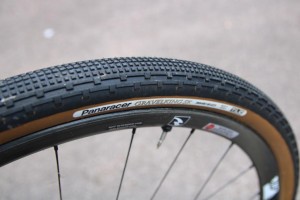

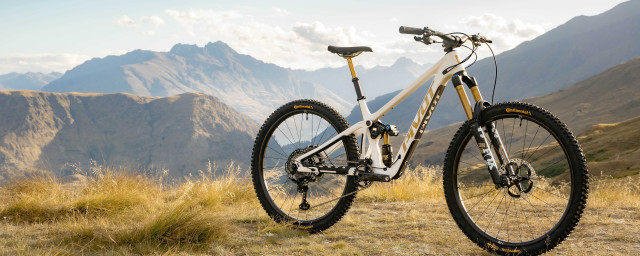
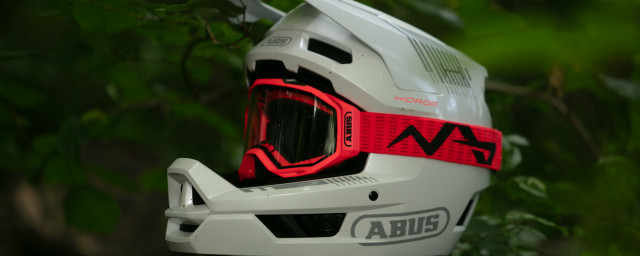
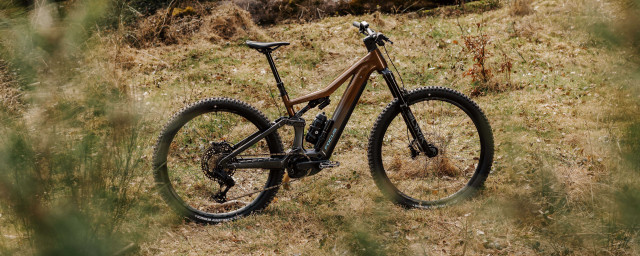
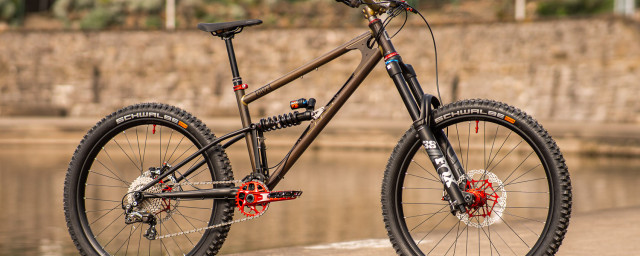
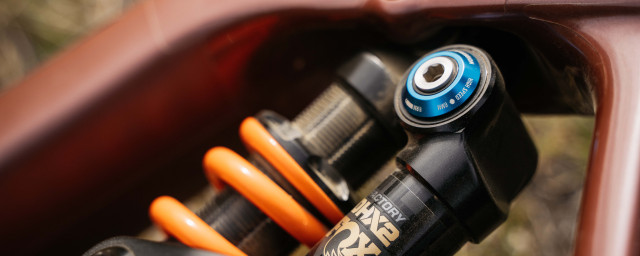

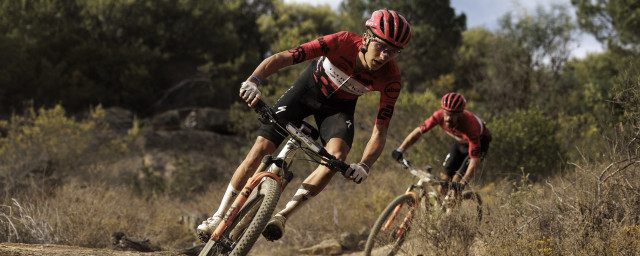

2 comments
Nothing new - I saw the exact same thing many years ago for mountain bike wheels, albeit made of an elastomer rather than foam.
It didn't catch on then, either!
I have my kids bike running on Tannus Armour Bike Tyre Inserts at £26 a pair to save on punctures. They work great and look similar to the above, but feel a bit dead to ride..like someone has only half the air in the tyre.